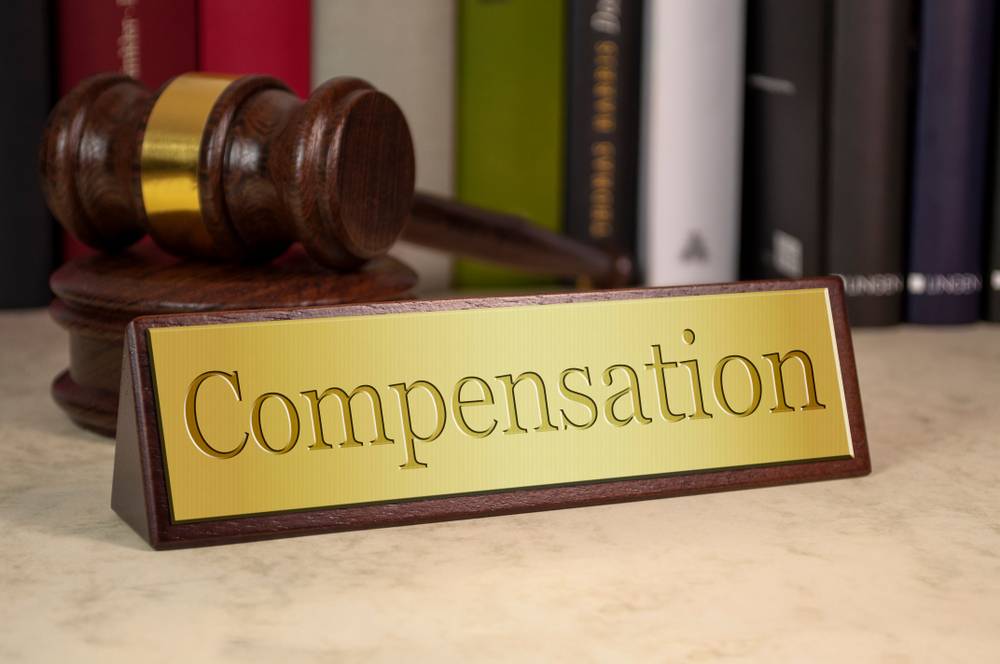The ten-year liability is an important legal principle in Belgian construction law. This obligation means that the contractor, architect, and engineer can be held liable for serious defects in a building for a period of ten years. These are not minor faults, but issues that endanger the stability or solidity of the structure.
The liability period starts from the provisional acceptance of the works. From the moment this occurs, the ten-year period begins, regardless of whether a final acceptance follows. During this time, construction professionals can be held responsible for major defects, even if they only become apparent years later.
Typical examples include cracks in load-bearing walls, foundation issues, subsidence, or significant water infiltration. The aim of this rule is to protect the builder and future owners from construction defects that only become visible over time.
It is important to understand that this liability is imposed by law – it does not need to be explicitly mentioned in a contract. The client does not need to prove a fault, only the existence of a serious defect. However, it must be shown that the defect affects the building’s stability or solidity and that it was discovered within the ten-year period.
Even if the building is sold within this period, the original contractor or architect remains liable. The new owner may initiate legal proceedings against them.
If you discover serious defects, it is advisable to seek legal advice promptly. A court-appointed expert can be engaged to examine and assess the issue. If necessary, legal action can be taken to demand repairs or compensation.
The ten-year liability thus offers significant protection for clients but also imposes a heavy responsibility on architects and contractors. Carefulness and quality workmanship are essential at every stage of construction. With proper contracts, thorough execution, and clear follow-up, many problems can be avoided.







